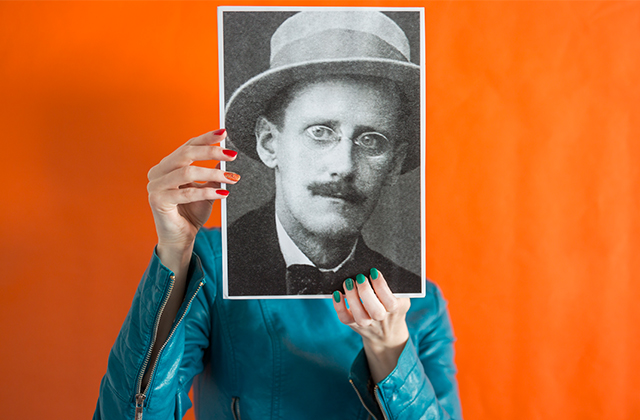
Apart from juvenalia, James Joyce only ever wrote one play, Exiles, a three-act failure so utterly and irredeemably bad that even the most dedicated Joycean scholars have long since given up on trying to defend it. That his theatrical endeavours should have come to so little is an especial shame given the high esteem in which Joyce held the art: his early aesthetic philosophy, “a garner of slender sentences” from Aristotle and Aquinas, accorded drama pride of place among the arts.
In this light, Rough Magic’s production of A Portrait of the Artist as a Young Man, adapted by Arthur Riordan and directed by Ronan Phelan, seems an act of artistic redress – an attempt to accommodate Joyce’s work to the form he held in such high regard. The result, however, is somewhat uneven.
The production glides when it most adheres to Joyce’s novel, portions of which are pure drama in themselves. In the explosive Christmas dinner scene, for example, among the most powerful episodes in this production, Riordan wisely transcribes Joyce’s dialogue more or less unchanged, with electric results. Conor O’Riordan, who plays Stephen’s father, is stellar here and throughout: his Simon Dedalus is perhaps the greatest strength of this production, portraying perfectly a character whose misty-eyed geniality shades into drunken belligerence as the night wears on.
Elsewhere, though, the production seems to suffer from the desire to innovate at all costs, and the mounting directorial interpolations become obtrusive and gratuitous. An example is Stephen Dedalus’s encounter with a nameless girl on Dollymount Strand: at first the scene is presented skillfully and delicately, with mute tenderness building to adulation – but at the climax, as though Phelan was embarrassed by all the earnestness and old-hat sublimity, a 1980s Prefab Sprout ditty loudens over the speakers, and the actors break into spontaneous dance. It’s a misstep, and at this important a moment – the revelation of Stephen’s artistic vocation – the bathos is unforgivable.
On the other hand, despite the often incongruous eighties dance segments, there is an admirable unwillingness to make the material glaringly topical. I was impressed by Katie Davenport’s suggestive set design when I entered the theatre (an uncluttered stage, a glowing red backdrop and a lighted blue rectangle on the floor), but the huge Virgin Mary, over twice my height with an obscured, metallic face, filled me with misgivings. Was A Portrait of the Artist as a Young Man, I wondered, about to be enlisted to make some ham-fisted, triumphalist statement about the decline of the modern Church? The answer, thankfully, was no.
The conceit of this production – in which Stephen is portrayed by a different actor at each stage of his development – is less distracting than it sounds, due in no small part to the calibre of the actors. Martha Breen deserves special credit for making thrilling even the mannered, rehearsed, young student Stephen eventually becomes.
If it’s not the perfect production of A Portrait of the Artist as a Young Man, there’s still no shame in falling short of Joyce – and it’s better, in a way, that performances should err on the side of zeal and enthusiasm than stifle in slavish period-piece imitation. But enthusiasm, it’s worth remembering, doesn’t require dance numbers, crotch-grabbing and suitcases full of glitter.
A Portrait of the Artist as a Young Man will run at the Pavilion Theatre, Dun Laoghaire, until October 7th before touring nationally.






